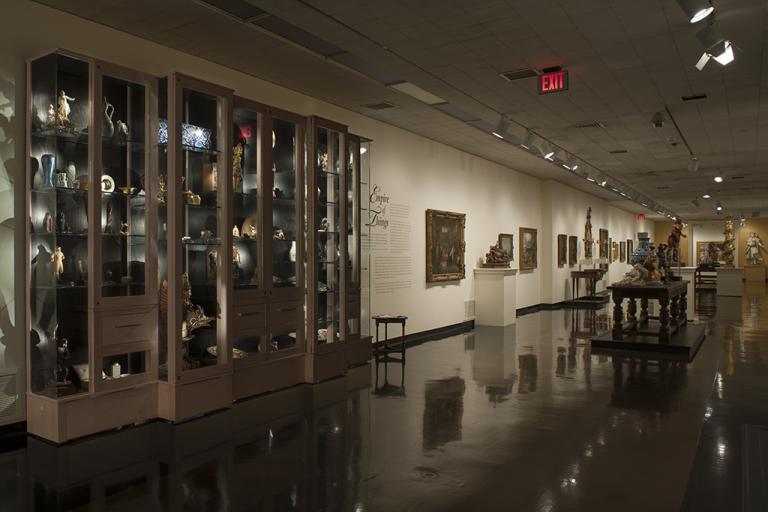Neptune, unknown maker from the Holy Roman Empire
Artwork Overview
Neptune
, 1700s
Where object was made: Holy Roman Empire (present-day Germany)
Material/technique: boxwood
Credit line: Gift of Hugo Weisgall
Accession number: 1957.0100.01
Not on display
If you wish to reproduce this image, please submit an image request






